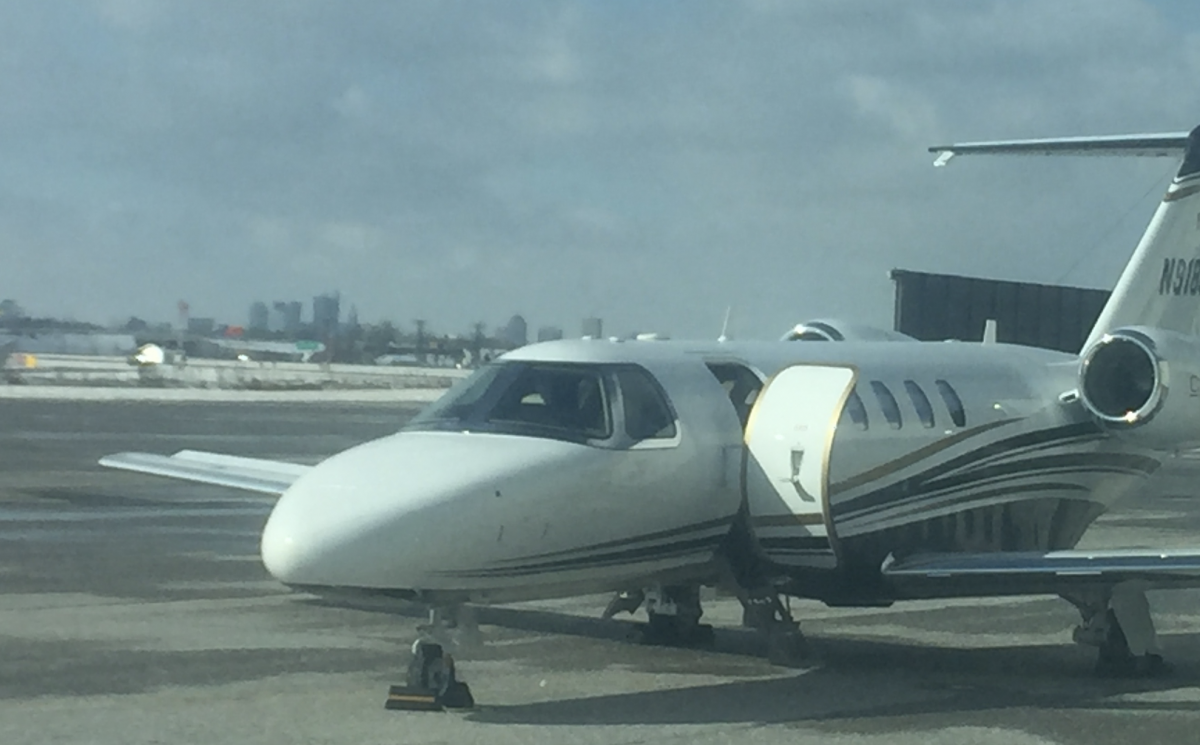
I’ve had private aviation salespeople tell me they have customers who spend more time researching a new coffee maker than buying a jet card. That’s understandable. Everyone wants to fly! Still, it’s easy to make mistakes. In many cases, it’s just being new to jet cards. It’s easy to assume they can’t be that different. It’s also easy to believe that one card can serve all your needs.
I’m always happy to help by phone and email, and hopefully, by sharing these common mistakes, you won’t make them!
1. Not sure where they are going to fly
Some subscribers send in their Jet Card Decider form writing in “not sure” about where they plan to fly.
One significant variance between programs is the minimum flight time charged.
Daily minimums impact the minimum amount you will be charged regardless of the length of your flight. It’s not atypical for programs to have 120-minute minimums on light and midsize jets. Minimums for super-midsize and large-cabin jets can be even longer. Other providers have 90, 60, or in a couple of cases no minimums.
If you take a 45-minute flight and the minimum is 120 minutes, your invoice will show two hours of flight time deducted from your account. That’s not optimal.
Then there are programs with significant discounts for longer flights and transcontinental journeys.
Then is that small part about where you are going.
While most programs offer national coverage, there are considerable variances once you get outside the Continental U.S.
Yes, virtually all the companies will fly you to the Caribbean or Mexico, but it may be outside the primary or secondary service areas where one-way pricing applies.
In other words, they will quote your flights like on-demand charter, pricing it out to include repositioning fees. That means you need to pay for the jet to fly back to its base after dropping you off and also to fly empty when it’s time to pick you up. Prices are often double the one-way hourly pricing you are used to.
The good news is there are programs that fit virtually everyone’s needs.
But don’t buy until you have a clear idea where you are going to use those hours.
2. Limiting themselves to a single solution
Aircraft sales executives say that private jet owners often find that the airplane they own only works for about 75% of their needs. They supplement it with fractional shares, charter, and jet cards.
Don’t feel like you have to put all of your eggs in one basket. Based on your specific needs, you may find it makes sense to buy into two programs. For example, several programs work very well for discount qualifying roundtrips, but might not be the best choice for your one-ways or may not fit for international flights.
Look to optimize your choices around the most expensive trips and the most frequent trips. In some cases, it may lead you to the same set of providers. In other instances, it will underscore you are better off with multiple solutions.
3. Not wanting to put in the work
The best way to buy a jet card is first to write down your needs. If you use Jet Card Decider, it covers the most critical questions you will need to ask yourself before contacting companies.
Once you have that information, filtering the spreadsheet will make more sense – or click submit, and we will do an analysis for you. But that’s really the start.
Once it’s clear which providers and programs fit your needs best, the next step is to contact the company. I recommend budgeting 30 minutes to an hour to have a conversation with each provider.
While I know sometimes subscribers are hoping that the analysis will yield just one or two companies, often there are five to 10 providers that have applicable programs.
In most cases, you will be spending between $100,000 and $500,000. The good news is you won’t be wasting your time. You will be speaking to companies that are a match. My experience is once subscribers have spoken to the companies that are a fit, they quickly are able to narrow it down to one or two finalists.
4. Not reading the contract
Sometimes new subscribers tell me how they are unhappy with their current provider. They will point to policies like daily minimum or additional charges for deicing.
These are factors you can compare as a paid subscriber, but still, I recommend reading the contract as well as having your lawyer review it.
With companies making changes, I see times when marketing materials and contracts don’t match. While we’ve done 79 updates this year, the details change. In fact, I often learn about changes from subscribers – something I greatly appreciate.
While providers put out press releases when they sponsor a polo tournament, they don’t necessarily issue notifications when they increase the daily minimum on light jets from 60 to 78 minutes.
The contract – not the pretty brochure – contains the rules and policies of the program. Yes, it’s boring, but the good news is once you’ve read it, you won’t have any unpleasant surprises. This is particularly important when renewing.
5. Not negotiating
Of respondents from the recent survey of subscribers, only about 60% said they had negotiated as part of buying a jet card. With that in mind, consider reading my recent article, “7 things you can negotiate when buying a jet card.”
The worst thing is to find out you made a mistake after your bought your jet card. I’m here to help! Feel free to reach out to me whenever you have any questions at doug.gollan@privatejetcardcomparisons.com.